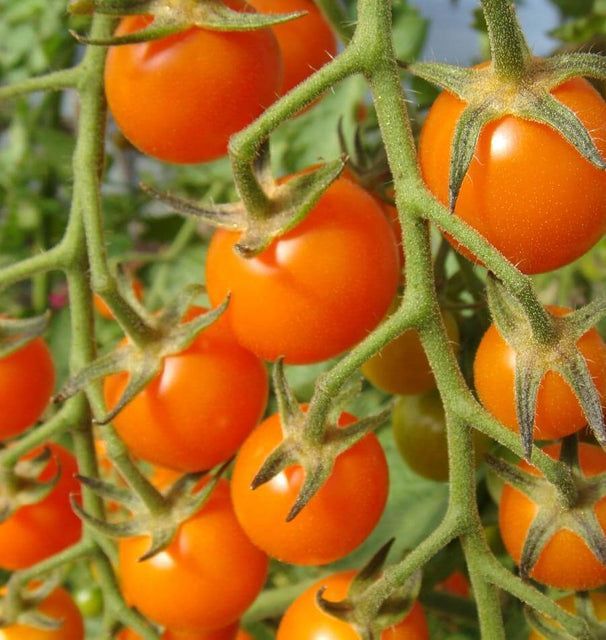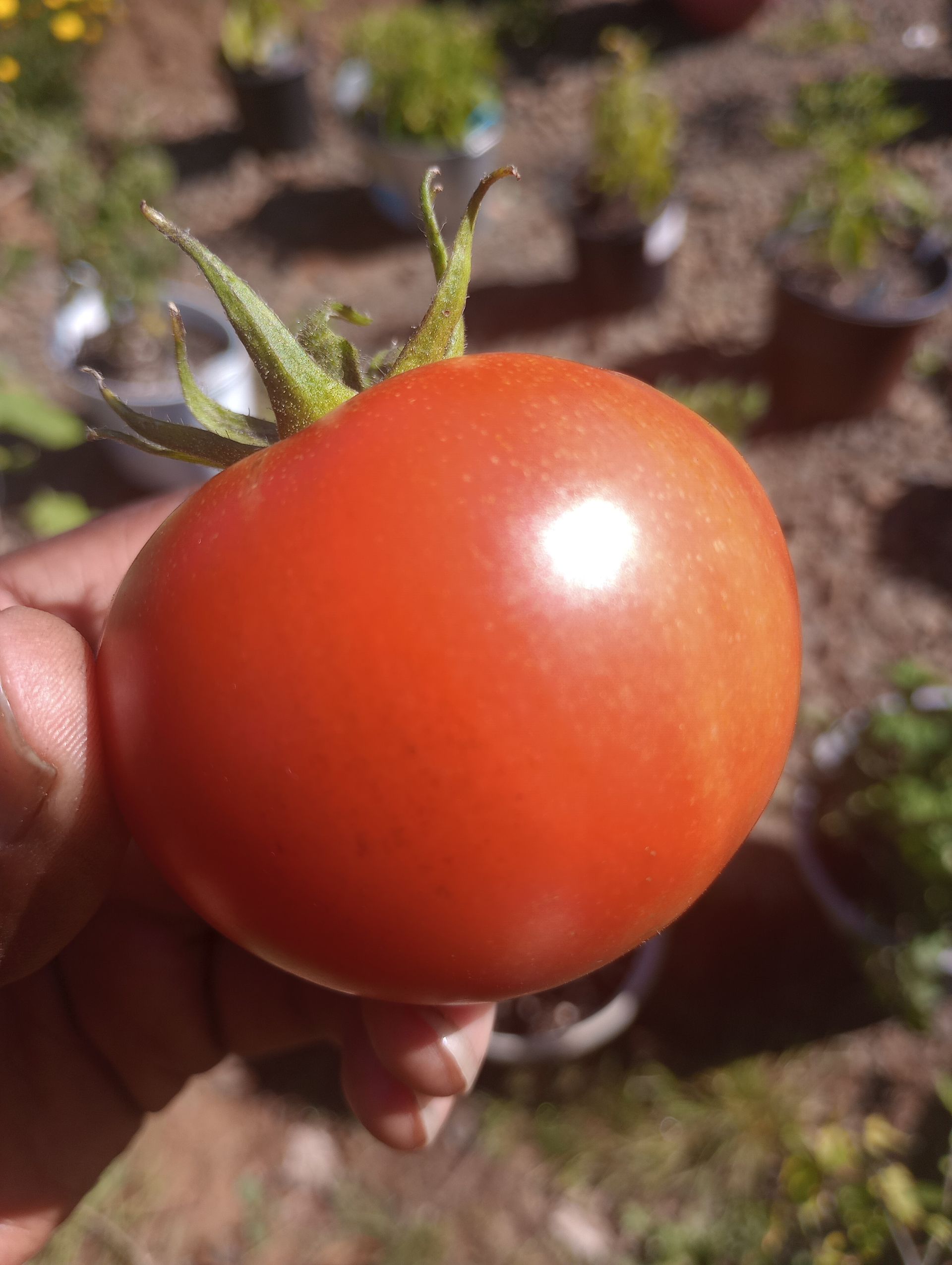How Sungold Tomatoes Help Complete a Major Transition

As a proud, Texas native and farmer, I've adopted the less is more approach to what works for salsa. With Texas sun, there's never a shortage of jalapenos or serrano peppers. The plants are predictable and the heat is expected. The tomatoes produce like clockwork every Spring. Whether you want the thick Romas, or any nice hybrid, you can plan your growing space and seasons accordingly. While that's fine and dandy for North Texas, me and the Mrs. moved our entire operation to the Oregon coast this year. Yeah... completely different climate.
Texas Farming Versus Oregon Farming
As we arrived to our new home, I quickly connected with the locals to find what works and usually doesn't for the region. The number one difference is no real Summer on the coast. Therefore, if you want to go with the grain of a short, mild season, cherry tomatoes are the way to go. That's when I began to explore Sungold tomatoes.
Sungold Tomato Plant Challenges
My first go at it? I made sure to give it a boost in the unusually cold Spring by adding my specialty fertilizer mix made from coffee grounds, egg shells, and bananas. I also chose to go with my free-spirited method of growing without a cage. The end result? I was left with a plant about 3 feet high, and branches about 5 feet long going in every direction. It was at that moment that I decided I'd never grow them again. A tiny tomato for a plant that takes up that much space? That was my plan, until...
Sungold Tomato Plant Benefits
After adding a small bunch to my first Oregon batch of salsa, that's when it hit me. The flavor was brighter and sweeter than usual, and I absolutely loved it. Maybe these sun-kissed treats aren't so bad after all. Not only this, it's the gift that keeps on giving. I haven't stopped harvesting them for weeks now.
The Verdict
The trade-off is well worth it. If it's too viney, prune it. Otherwise, let them live freely and harvest the delicacies the entire growing season.


